Abarth 500 595 695 vs Kia Ceed – Which one offers the better deal?
Compare performance, boot capacity, efficiency and price at a glance.
Find out which car is the better choice for you – Abarth 500 595 695 or Kia Ceed?
Costs and Efficiency:
Price and efficiency are often the first things buyers look at. Here it becomes clear which model has the long-term edge – whether at the pump, the plug, or in purchase price.
Kia Ceed has a distinct advantage in terms of price – it starts at 23500 £, while the Abarth 500 595 695 costs 32600 £. That’s a price difference of around 9085 £.
Engine and Performance:
Power, torque and acceleration are the classic benchmarks for car enthusiasts – and here, some clear differences start to show.
When it comes to engine power, the Abarth 500 595 695 has a barely noticeable edge – offering 155 HP compared to 140 HP. That’s roughly 15 HP more horsepower.
In acceleration from 0 to 100 km/h, the Abarth 500 595 695 is clearly perceptible quicker – completing the sprint in 7 s, while the Kia Ceed takes 9.50 s. That’s about 2.50 s faster.
In terms of top speed, the Kia Ceed performs distinct better – reaching 197 km/h, while the Abarth 500 595 695 tops out at 155 km/h. The difference is around 42 km/h.
There’s also a difference in torque: Kia Ceed pulls barely noticeable stronger with 253 Nm compared to 235 Nm. That’s about 18 Nm difference.
Space and Everyday Use:
Cabin size, boot volume and payload all play a role in everyday practicality. Here, comfort and flexibility make the difference.
Seats: Kia Ceed offers to a small extent more seating capacity – 5 vs 4.
In curb weight, Kia Ceed is hardly perceptible lighter – 1298 kg compared to 1410 kg. The difference is around 112 kg.
In terms of boot space, the Kia Ceed offers clearly more room – 395 L compared to 185 L. That’s a difference of about 210 L.
In maximum load capacity, the Kia Ceed performs convincingly better – up to 1291 L, which is about 741 L more than the Abarth 500 595 695.
When it comes to payload, Kia Ceed distinct takes the win – 490 kg compared to 385 kg. That’s a difference of about 105 kg.
Who comes out on top?
Overall, the Kia Ceed shows itself to be dominates this comparison and secures the title of DriveDuel Champion.
It convinces with the more balanced overall package and proves to be the more versatile choice for everyday use.
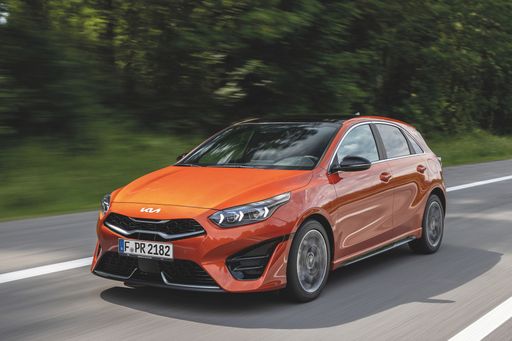 @ Kia Corporation
@ Kia Corporation
Kia Ceed
Abarth 500 595 695
The Abarth 500, particularly in its 595 and 695 renditions, captures the spirit of Italian motoring with its compact yet aggressive design. Known for its lively performance and distinctive styling, this little powerhouse is a joy to drive, offering an engaging experience that appeals to enthusiasts. With its rich motorsport heritage, the Abarth 500 embodies the essence of fun and excitement on both the streets and the race track.
details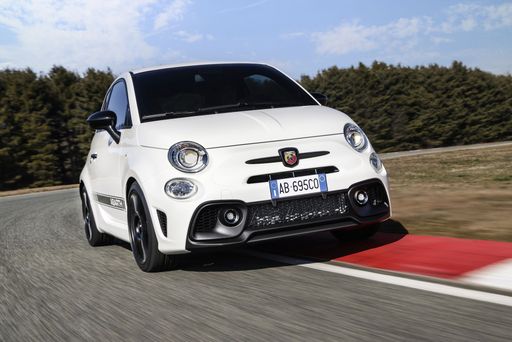 @ Abarth / Stellantis Media
@ Abarth / Stellantis Media
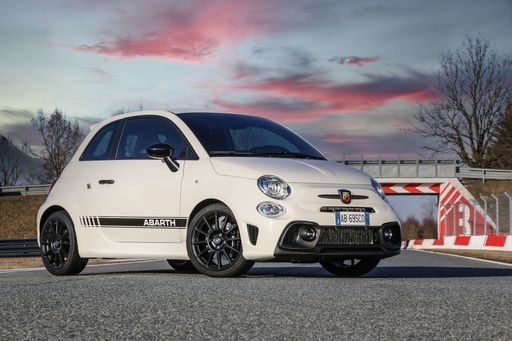 @ Abarth / Stellantis Media
@ Abarth / Stellantis Media
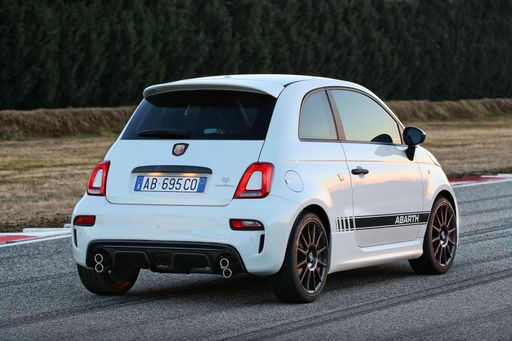 @ Abarth / Stellantis Media
@ Abarth / Stellantis Media
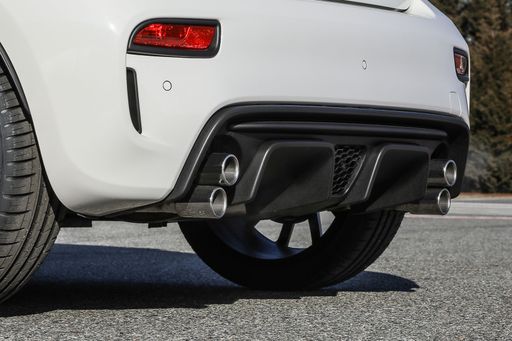 @ Abarth / Stellantis Media
@ Abarth / Stellantis Media
 @ Abarth / Stellantis Media
@ Abarth / Stellantis Media
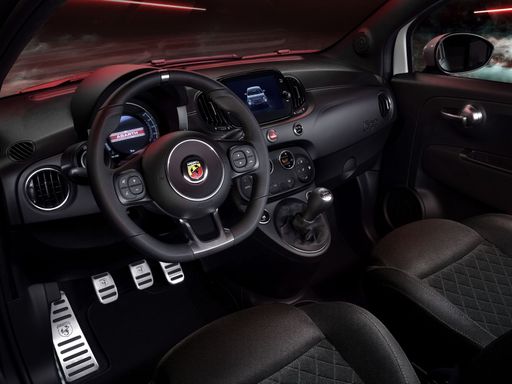 @ Abarth / Stellantis Media
@ Abarth / Stellantis Media
Kia Ceed
The Kia Ceed stands out in the compact car segment with its sleek design and impressive handling. It offers a comfortable and well-equipped interior that appeals to both drivers and passengers. With its efficient engine options, the Ceed provides a smooth and enjoyable driving experience suitable for city commutes and longer journeys alike.
details @ Kia Corporation
@ Kia Corporation
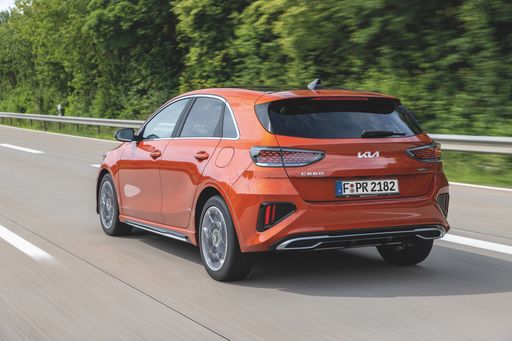 @ Kia Corporation
@ Kia Corporation
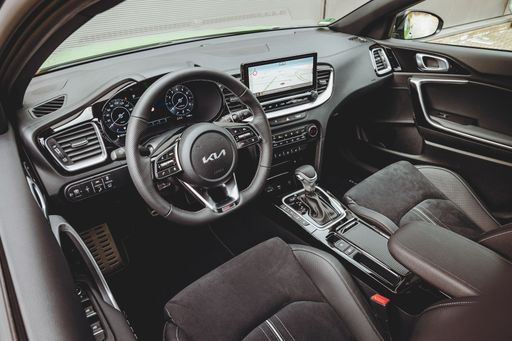 @ Kia Corporation
@ Kia Corporation
 @ Abarth / Stellantis Media
@ Abarth / Stellantis Media
|
 @ Kia Corporation
@ Kia Corporation
|
|
|
|
Costs and Consumption |
|
|---|---|
|
Price
32600 - 39400 £
|
Price
23500 - 26300 £
|
|
Consumption L/100km
-
|
Consumption L/100km
6 - 6.4 L
|
|
Consumption kWh/100km
17.1 - 18.8 kWh
|
Consumption kWh/100km
-
|
|
Electric Range
242 - 265 km
|
Electric Range
-
|
|
Battery Capacity
37.80 kWh
|
Battery Capacity
-
|
|
co2
0 g/km
|
co2
137 - 146 g/km
|
|
Fuel tank capacity
-
|
Fuel tank capacity
50 L
|
Dimensions and Body |
|
|---|---|
|
Body Type
Hatchback
|
Body Type
Hatchback
|
|
Seats
4
|
Seats
5
|
|
Doors
3
|
Doors
5
|
|
Curb weight
1410 - 1435 kg
|
Curb weight
1298 - 1372 kg
|
|
Trunk capacity
185 L
|
Trunk capacity
357 - 395 L
|
|
Length
3673 mm
|
Length
4315 mm
|
|
Width
1682 mm
|
Width
1800 mm
|
|
Height
1518 mm
|
Height
1447 mm
|
|
Max trunk capacity
550 L
|
Max trunk capacity
1253 - 1291 L
|
|
Payload
370 - 385 kg
|
Payload
478 - 490 kg
|
Engine and Performance |
|
|---|---|
|
Engine Type
Electric
|
Engine Type
Petrol, Petrol MHEV
|
|
Transmission
Automatic
|
Transmission
Manuel, Automatic
|
|
Transmission Detail
-
|
Transmission Detail
Manual Gearbox, Dual-Clutch Automatic
|
|
Drive Type
Front-Wheel Drive
|
Drive Type
Front-Wheel Drive
|
|
Power HP
155 HP
|
Power HP
100 - 140 HP
|
|
Acceleration 0-100km/h
7 s
|
Acceleration 0-100km/h
9.5 - 13.2 s
|
|
Max Speed
155 km/h
|
Max Speed
178 - 197 km/h
|
|
Torque
235 Nm
|
Torque
172 - 253 Nm
|
|
Number of Cylinders
-
|
Number of Cylinders
3 - 4
|
|
Power kW
114 kW
|
Power kW
74 - 103 kW
|
|
Engine capacity
-
|
Engine capacity
998 - 1482 cm3
|
General |
|
|---|---|
|
Model Year
2023
|
Model Year
2024
|
|
CO2 Efficiency Class
A
|
CO2 Efficiency Class
E
|
|
Brand
Abarth
|
Brand
Kia
|
Is the Abarth 500 595 695 offered with different drivetrains?
The Abarth 500 595 695 is offered with Front-Wheel Drive.
The prices and data displayed are estimates based on German list prices and may vary by country. This information is not legally binding.
